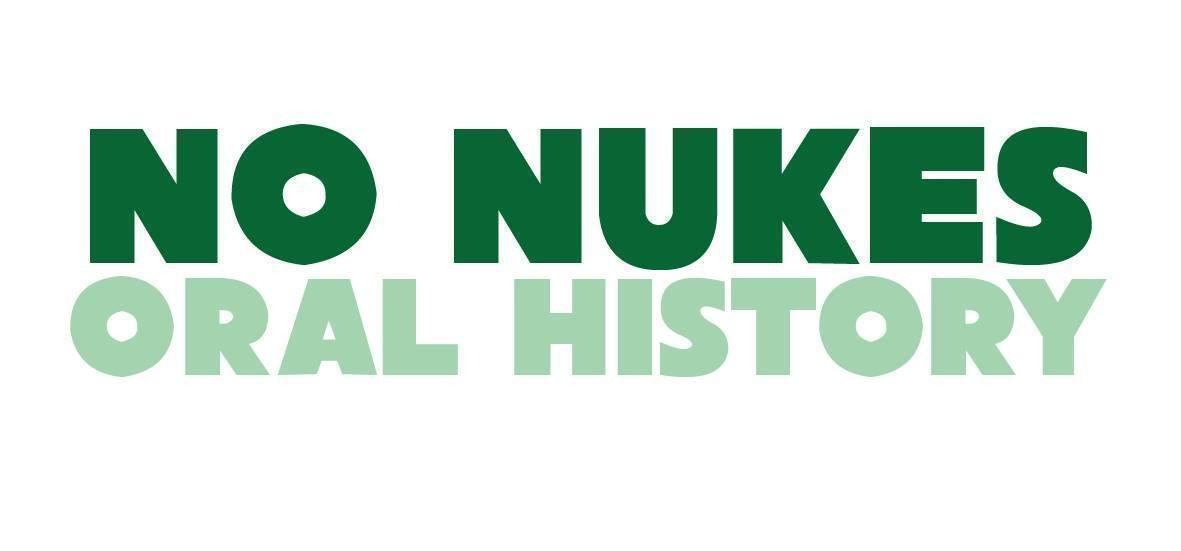“The year 1973 was the worst year for nuclear power. It’s just astonishing when you look back on it. When we built the Yankee Atomic plant in Rowe, Massachusetts, in 1960, everybody thought it was a great idea. It was there because Senator Jack Kennedy said, ‘Please build it here.’ Presidents, senators, congressmen, local people—all thought it was great. And we built six other plants. New England had, prior to 1972, seven plants making one third of the electricity in New England. And everybody thought it was a great idea. What happened?”
What happened?
In September and October of this year, we’ll be in Vermont documenting the struggle in those years to close the Vermont Yankee nuclear plant.
Drop us a line at nonukeshistory@gmail.com
and we’ll come to your door to record your story.
The project is supported by the nonprofit Fund for Authentic Journalism, a 501c3 tax exempt organization. Please consider supporting the work via this link.
Successful social movements don’t happen every day. This story is about a cause that was won. Learning how that happened can help other movements be more successful. In New England this story is part of our regional history. It’s time for the story to be told in the voices of those who made it happen.
OUR ONLINE LIBRARY WILL INCLUDE HUNDREDS OF HISTORIC PRESS CLIPPINGS LIKE THIS ONE:
On September 23, 1979 the Vermont Yankee Decommissioning Alliance called for a nonviolent occupation of the state’s lone nuclear plant. The 179 arrests clogged the state’s court system when most demonstrators refused to post bail (many also gave comical pseudonyms: Renny Cushing gave the name and address of the CEO of the Public Service Company of New Hampshire, one of the plant’s owners). The VYDA soon turned to a community organizing strategy to turn tri-state public opinion against the nuke.



